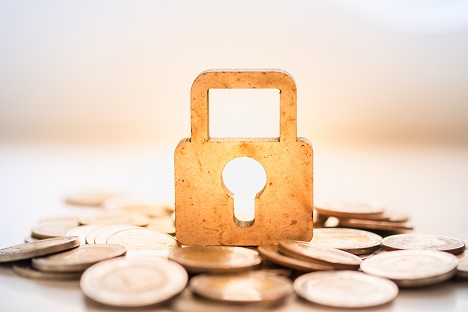You’ve undoubtedly heard how important it is to diversify your portfolio.
You should have a variety of stock types – such as small caps, large caps, international stocks, etc. – in different sectors. But a diversified portfolio should also have fixed income, precious metals and real estate holdings.
This helps smooth out volatile periods in the stock market, like we’ve been experiencing for the past year.
Until recently, the problem was that interest rates were so low that fixed income investments were simply not attractive. Treasurys paid next to nothing, and there was a time when you had to buy junk bonds just to earn 4%. For many investors, that was too much risk to earn a paltry 4%.
But that’s changed in a very big way in the past few months.
Just six months ago, a 10-year Treasury yielded 2.6%. Today, it’s 50% higher, just shy of 4%.
Investment-grade corporate bonds are yielding as much as 7.5% for two- or three-year maturities, and non-investment-grade bonds yield 8% or more.
Earning 7.5% on a pretty safe investment-grade corporate bond goes a long way in making up for downturns in stocks. Considering that the average annual stock market return is between 8% and 10%, earning 7.5% in a bond is pretty attractive.
Over the past 93 years, there were only four times when bonds and stocks were down in the same year.
Furthermore, since 1926, stocks have ended a year down 25 times, with an average loss of more than 13%. Bonds were down 15 times with an average loss of just 2.4%.
Last year was a terrible year for bonds – the worst in more than 40 years. Should we expect a repeat performance this year?
Since 1926, bonds have had negative returns two years in a row only twice. And the cumulative losses of those two-year periods were just 3.7% and 2.4%.
So if you’re worried about a recession, you definitely need to own bonds. Over the past 50 years, bonds have outperformed large cap stocks during economic downturns.
When it comes to the bond portion of your portfolio, I strongly recommend individual bonds rather than bond funds. With individual bonds, you know how much they will be worth on a certain date. At maturity, bonds are worth $1,000, regardless of what you paid for them or where they were trading at an earlier date. Unless the company declares bankruptcy, you will receive $1,000 for the bond at maturity.
Bond funds are worth only the price at which they are trading. If bonds are down, bond funds will be down. And if you sell, you will lose money.
If you own individual bonds, you’ll get $1,000 per bond when they reach maturity – even if the whole bond market is down at the time.
Bonds can sometimes be less exciting than stocks. But they’re not supposed to be exciting. They’re supposed to make you money – especially when other things aren’t working – and provide safety in your portfolio.
If you don’t have bonds in your portfolio, now that interest rates are higher, this is the time to start buying.
You can earn some solid yields while protecting your wealth at the same time.

